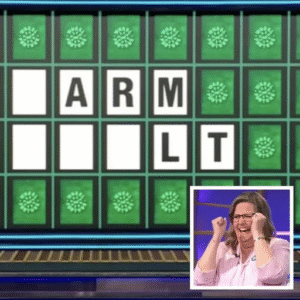New Rule from DHS Affects Federal Property
Federal officials at the Department of Homeland Security (DHS) have moved up a major security regulation. It now takes effect November 5, 2025, instead of the originally scheduled January 1, 2026.
The regulation expands authority for the Federal Protective Service (FPS) to act not only on federal property, but also for misconduct just off federal property when it “affects, threatens, or endangers” federal facilities or personnel.
What the Rule Actually Prohibits
The regulation prohibits “wearing a mask, hood, disguise or device that conceals the identity of the wearer when attempting to avoid detection or identification while violating any federal, state or local law, ordinance or regulation.”
In other words, the key condition applies when a person is trying to commit or hide misconduct near or on federal property. The regulation does not simply ban all masks or face coverings during protests, regardless of behavior.
Additionally, the rule covers other activities such as impersonating security personnel, trespassing into closed areas, and using armor‑style clothing in restricted zones.
Why the Change, and Why It Was Fast‑Tracked
DHS says it has seen an uptick in violence, property damage, and threats near federal buildings. As a result, it justified moving up the effective date.
Also, the rule expands coverage to approximately 8,500 federal facilities nationwide.
What This Means for Protests and Demonstrations
For demonstrators, the main takeaway is: if you are gathered near a federal building and you wear a disguise while engaging in or attempting illegal conduct, you may face fines or arrest under the rule.
However, if you are simply protesting peacefully, without disguising misconduct, the rule’s disguise ban does not automatically apply.
Some media outlets report a fine of $200 for “wearing a mask… when attempting to avoid detection or identification while violating any law.”
What the Rule Does Not Say
-
The rule does not state that all face masks or coverings are banned during protests near federal buildings.
-
It does not target costumes purely for expressive or protest art unless the person wearing them tries to commit wrongdoing.
-
It is not limited to one city—it applies to all eligible federal properties and adjacent areas.
Implications and Outlook
Because the rule focuses on disguises during misconduct, it may raise questions among civil‑liberties groups about how “violation” is defined and how enforcement will be applied.
For local jurisdictions such as Portland, Oregon—which has seen frequent large‑scale protests near federal facilities—the rule could change how federal law‑enforcement engages with demonstrators.
Ultimately, the rule signals that the federal government is prioritising visibility and accountability in and around federal properties.





